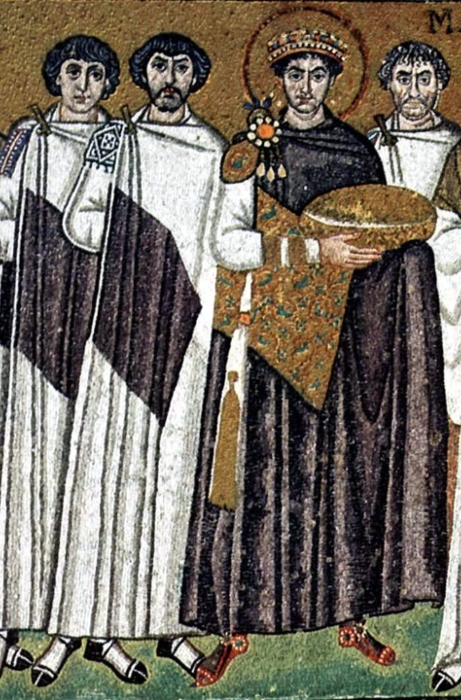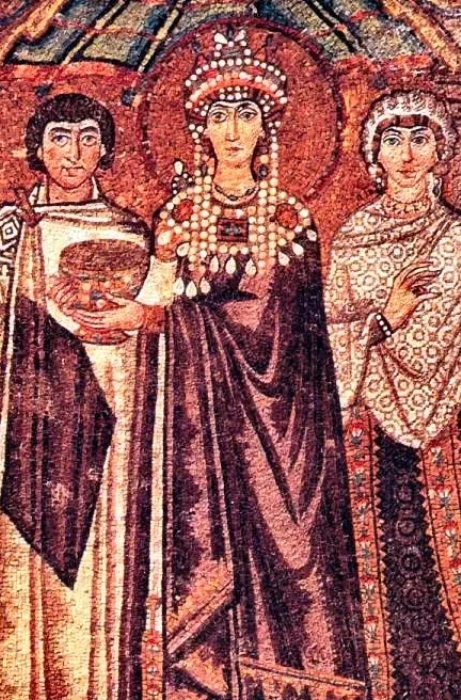In ancient Rome, color held significant symbolic power, with purple being the most illustrious and revered among them. Associated with power, prestige, and imperial authority, the color purple was more than a visual delight—it was a potent symbol of status and influence. This deep dive into the historical significance of purple in Roman society reveals why this vibrant hue became the color of emperors and gods.
The Origins of Purple’s Prestige

1. The Rarity and Cost of Purple Dye The source of purple’s prestige in Rome can be traced back to its rarity and the complexity of its production. The famed Tyrian purple, named after the city of Tyre in Phoenicia (modern-day Lebanon), was produced using the glandular secretions of sea snails, specifically the Bolinus brandaris and the Hexaplex trunculus. It took thousands of these snails to produce just one gram of usable dye, making the production labor-intensive and costly. This exclusivity inherently limited its use to the upper echelons of society.
2. Symbolic Associations in Roman Culture In Roman society, colors were more than aesthetic choices; they were imbued with deep symbolic meanings. Purple was associated with the gods, the cosmos, and the divine right to rule. This association is partly derived from legends and myths that linked purple with Jupiter, the king of the gods. The connection to divinity and the heavens bestowed an aura of authority and sanctity on the color.
3. Sumptuary Laws and Social Hierarchy The significance of purple was further reinforced by sumptuary laws that regulated its use. These laws, which were designed to maintain social hierarchy by dictating who could wear what, reserved purple for the highest ranks of society. By the later periods of the Roman Empire, the exclusive right to wear garments dyed entirely in purple was restricted to the Emperor and his immediate family—a regulation that underscored the color’s imperial connotations.
The Role of Purple in Imperial Insignia and Public Imagery

1. The Imperial Toga and Regalia The most iconic use of purple in Roman attire was the toga picta, a solid purple toga embroidered with gold, worn by generals during triumphs and by emperors on special occasions. This garment symbolized the apex of power and divine favor. Similarly, during the Byzantine period, emperors of the Eastern Roman Empire wore shoes dyed purple, which became synonymous with imperial rule, known as the “Purple Born” (Porphyrogenitus).
2. Public Festivals and Religious Ceremonies Purple also played a prominent role in public festivals and religious ceremonies, further embedding its significance in the cultural and religious fabric of Roman life. Priests and vestal virgins used purple-bordered togas (the toga praetexta) as part of their ceremonial attire, which symbolized their intermediary role between the divine and the earthly realms.
3. Architectural and Artistic Representations The use of purple extended beyond textiles to the decorative arts. Frescoes, mosaics, and paintings of the time often featured purple to denote importance, sacredness, or imperial affiliation. This visual representation reinforced the color’s symbolic weight and its association with power and prestige.
Conclusion In ancient Rome, purple was far more than a mere color; it was a visual emblem of power, authority, and divinity. Through stringent regulations, cultural symbolism, and public display, purple came to define the very essence of imperial power and religious sanctity. Today, the legacy of Roman purple continues to influence our understanding of color as a symbol of status and authority, reminding us of the profound ways in which hues can shape societal structures and cultural identities.